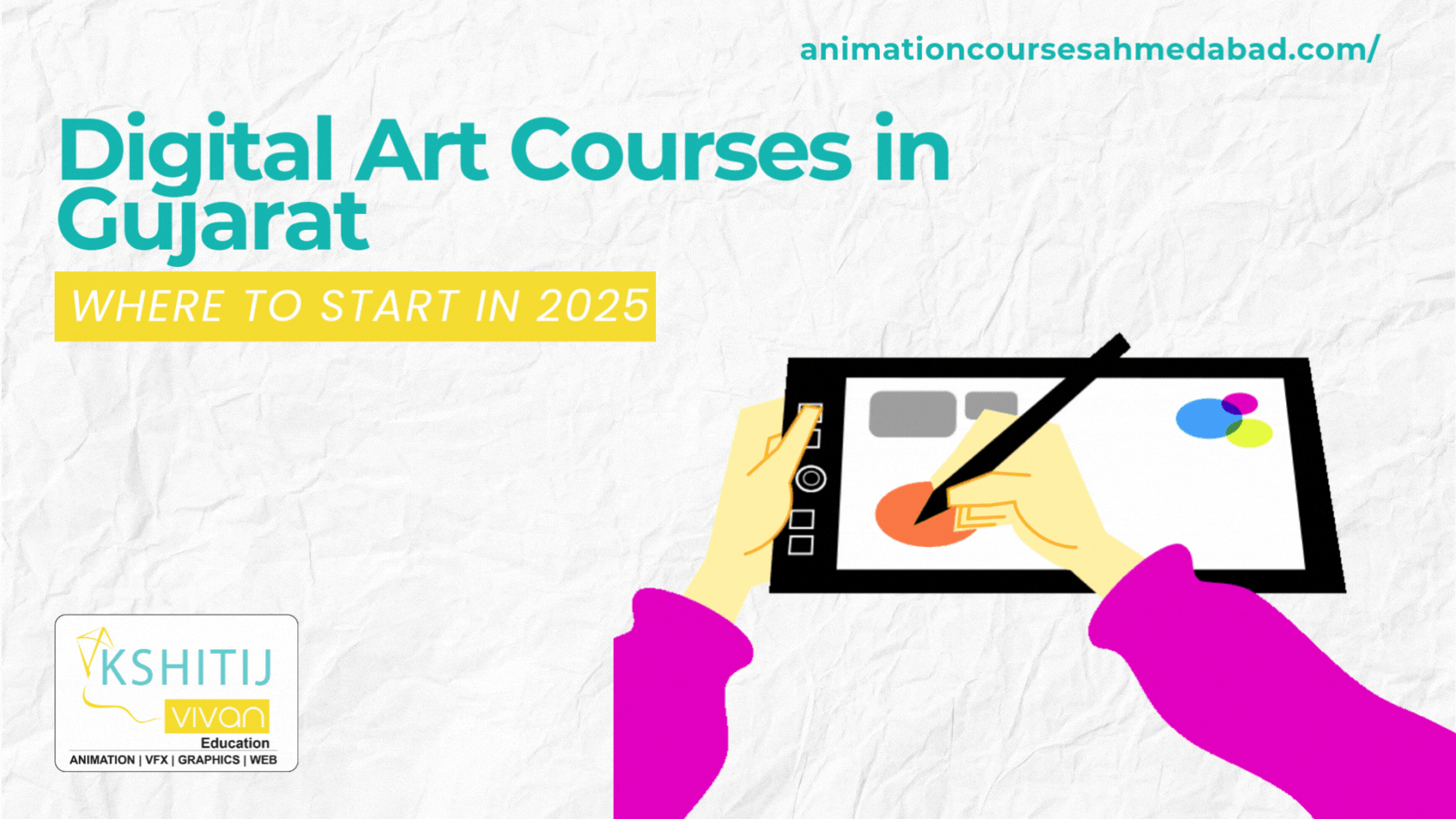
13 Tips and Tricks Use for Character Designs in Animation
Character Designs in Animation
It is important to design not only how your figures look, but how they tell a story with their gestures and movements.
Tips and Tricks Use for Character Designs in Animation
Tips and Tricks use for Character Designs in Animation for Feeling of movement and liveliness.
1. Line of Action
Envisioning a single line overlaying your drawing can be a simple way of creating a feeling of movement. This line of action can either be curved or straight both can give a different feeling of movement. While a curved line can create a more graceful mood and a straight line is usually very fast and direct. However, it is best to avoid a perfectly straight vertical line of action, which may make a drawing feel static.
2. Show That Character is Thinking
As we imagine TV and movie characters to be real, we try to believe the characters we create have minds of own. If a character in a drawing is moving, they should have a reason for doing that action.
Whether it is a broad action such as subtle mannerism or a sprinting such as twirling a strand of hair, the character presented would most likely have a conscious or unconscious reason for doing that action. Keeping this in mind help you make the character feel interesting.
3. Contract Curves and Straight
The contrast between curved lines and straight lines is an essential design element. A drawing using mostly curved lines would lack structure while a sketch made up of straight lines would feel too tense.
Curves are used to suggest the more fleshy part of the figure, whereas straights are commonly used to imitate stable and solid segments. Example: Compare the use of a straight line for a character’s back and the soft curve of the stomach.
4. Draw from Life
Drawing from life is a helpful observational tool, whether in a classroom or at any place. Sketching and watching people around you can be beneficial in learning how to draw the human figure and the emotions it can exhibit.
Alternatively, there is life drawing classes. These tend to consist of a mixture of the lengthy and short poses – poses set over a longer period enable you to capture details and study the human anatomy, while quick poses are better suited to gesture drawing technique.
5. Use Gestures
Gesture drawing is an easy way to capture the overall message of a figure. These observational drawings are often done in very short segments in a life-drawing class, and the model may only pose for the 30 seconds, forcing the artist to get their first impressions down on paper.
The process of making deliberate and quick lines, try not to worry about how art looks or capturing details. You want to focus on action or feeling of a pose.
6. Employ Shape Language
The use of different shapes is a major tool in character design. As well as help to convey personality, shapes can suggest movements or emotions.
A character made up of the square may it feel more slow and stable whereas one made up of triangles may give off a more excitable feeling. Curves and circle are often used for more likeable characters and can make them feel friendly.
7. Tilt & Twist
An easy way to create a more dynamic pose is to practice using tilts and twists. It helps to avoid a static pose try using different angles. For instance, the angle of the character’s shoulders could contrast with an angle of their hips. Instead of drawing with angles that are parallel, different angles give the drawing a feeling of flow and rhythm.
8. Apply Squash & Stretch
In animation, a squash is used as anticipation for a broader action: the stretch (12 Principle of Animation).
The same can be used in static drawing. A stretched pose acts as a moment when the character is creating their broadest action, while a squash in a drawing suggests tension.
9. Draw Thumbnail Sketches
A small thumbnail sketch can be useful for planning out a character’s pose, and allow you to consider different options for conveying an action.
10. Give Weight to Character
Considering weight in a drawing can help create a more believable feeling of motion. It could be shown through anything from the clothing the character’s wearing, to their posture.
11. Push your Idea
When we imagine to ourselves what it is, we want to draw, and sometimes we have a clear picture as to what that action looks like.
For instance, If you want to draw the character sitting down. You could very well draw it resting on a chair, and that will get the point across. But how might you push it to tell a better story? Maybe they are bored, and so their posture is slouched, and they are resting their head in their hands. The addition of more exaggerated movements and subtle acting can make for a more appealing character.
12. Combine Expression and Body Language
A visual expression such as facial expression and body language can help to convey the emotions of the character instantly. A character feels confident stand with their shoulders back, and their head held high. On the other hand, a weak character may be crossing their arms, with their head hung low.
13. Tell a Story
Character designs in animation are more than drawing just a pretty picture. A character drawing could be picture-perfect, with no anatomical flaws and spot-on proportions, but still, lack the charm of a character with the personality.
KSHITIJ VIVAN Ahmadabad Satellite Road encourages students to make creative Animation. A student from different parts of the cities such as Chittorgarh and Udaipur joins Kshitij Vivan Animation Courses to learn various Animation Courses.



